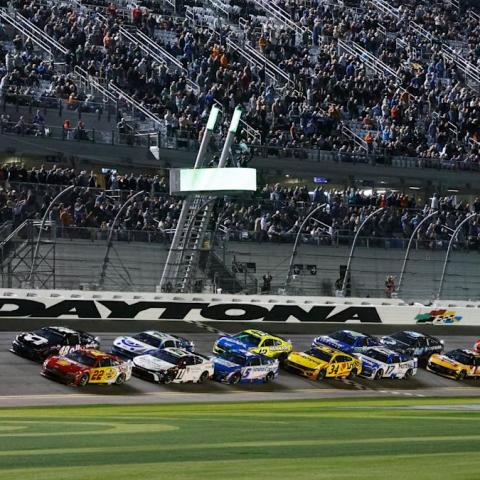Earthaven Ecovillage is a peaceful community nestled in the Blue Ridge Mountains of North Carolina. Around 100 people live here, enjoying the serene environment of modest homes, flowing creeks, and winding country roads. However, their calm was disrupted in late September when Hurricane Helene hit the Carolinas, causing widespread flooding and destruction. Sadly, over 100 lives were lost in the state, with billions in property damage.
Despite the storm’s fury, Earthaven emerged relatively unscathed. While the village’s hydroelectric system temporarily failed, residents swiftly switched to their backup solar power. Although some roads became impassable due to fallen trees and flooding, the community rallied to clear the debris and repair damages, showcasing their resilience. With a sustainable model for food production, including fruits and livestock, no resident went hungry, and injuries were minimal.
Brandon Greenstein, a long-time resident, reflected, “We got lucky, but our preparedness helped.” Their proactive planning for emergencies paid off, proving that community cooperation is essential during crises.
Earthaven is built around sustainability principles like permaculture and natural building materials. The residents make decisions collectively, cultivating a spirit of cooperation and shared responsibility. This close-knit environment notably adds to their ability to withstand challenges like severe weather.
The community’s strength during disasters isn’t just about physical preparation; it’s also about the bonds they’ve built. Rishi Sugla, a climate resilience scientist at the University of Washington, points out, “Stronger social ties enhance resilience to climate hazards.” Studies show that communities that work together can better share resources, whether it’s tools or essential information during emergencies.
Founded in 1994, Earthaven embraces ecological living through natural building and sustainable practices. With homes ranging from rustic cabins to modern designs, residents often work together in community spaces reminiscent of a close-knit village. There’s even a unique “Hobbit House,” adding a whimsical charm to the landscape.
As one of many ecovillages worldwide, Earthaven exemplifies how community living can minimize environmental impact. There are over 1,200 such communities globally, each with its unique approach to sustainable living. For instance, The Greater World Earthship Community in New Mexico uses recycled materials, while Findhorn Ecovillage in Scotland aims for carbon neutrality by 2030.
Daniel Greenberg, co-director of the Foundation for Intentional Community, sees these ecovillages as experimental spaces for sustainable living. “They act as labs for how we can live in greater harmony with the planet,” he says. This perspective is especially relevant as our world confronts increasing climatic threats.
The spirit of togetherness at Earthaven shines, especially in the aftermath of Hurricane Helene. Residents have diverse skills and actively support one another. After the storm, Rachel Fee, a farmer, organized meals for the community, while Monique Mazza set up a health clinic to assist locals. Andy Bosley leveraged his handyman skills to assess power systems and improve community organization during challenging times.
As they recovered, Earthaven residents not only helped each other but also contributed to the local volunteer fire department and cleared damaged areas for neighboring organizations, displaying their commitment to community responsibility.
However, Earthaven isn’t without challenges. Although the community promotes inclusivity, it has struggled with diversity. While some residents worry about the lack of racial variety, others recognize that a diverse community enriches problem-solving. “Different backgrounds lead to better solutions,” says Chloe Vieira, a resident seeking to broaden their community’s embrace.
Even with this focus on inclusiveness, there are concerns about cultural homogeneity causing gentrification. Zev Friedman, another resident, expresses worry that a lack of diversity might limit innovative thinking about sustainability. Yet, many residents are eager to welcome new members and learn from varied experiences, recognizing the potential for a more resilient community.
Earthaven aims to draw in more individuals and promote awareness about sustainable practices. Through workshops and public tours offered by their School of Integrated Living, they hope to inspire others to adopt eco-friendly approaches in their own lives. As Paul Caron, a co-founder, emphasizes, “Everyone doesn’t need to live in an ecovillage to make a positive impact. We can all work together with our neighbors to cultivate resilience and sustainability.” This cooperative spirit might just guide them—and the world—toward a more sustainable future.






















